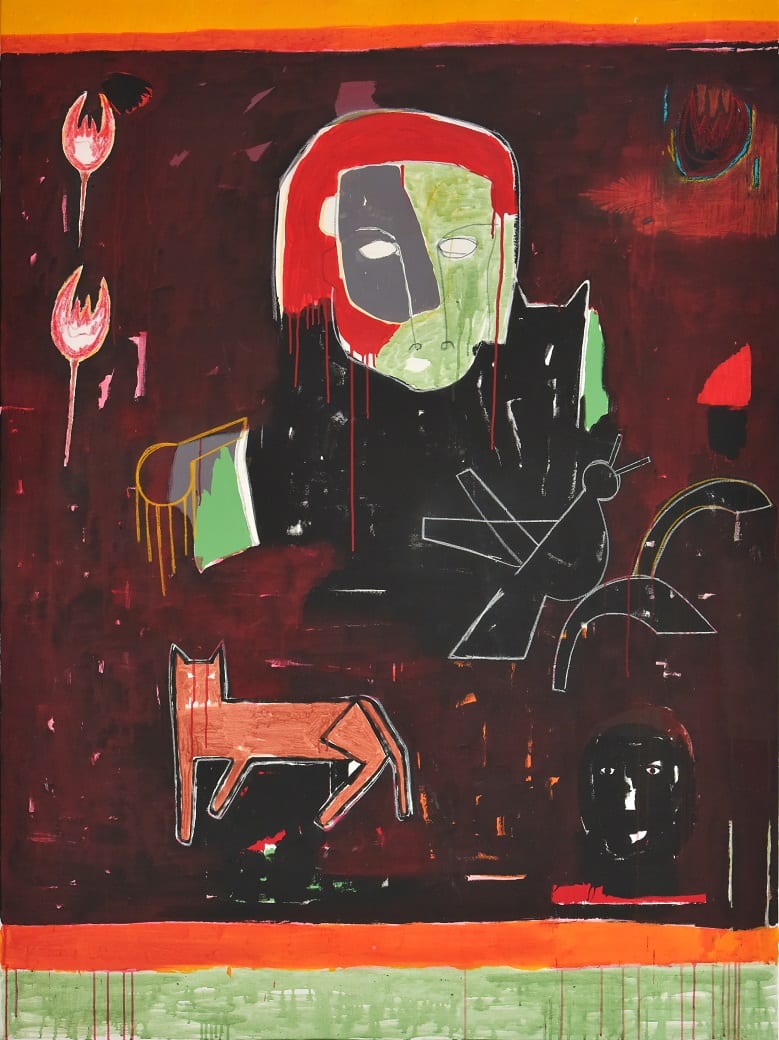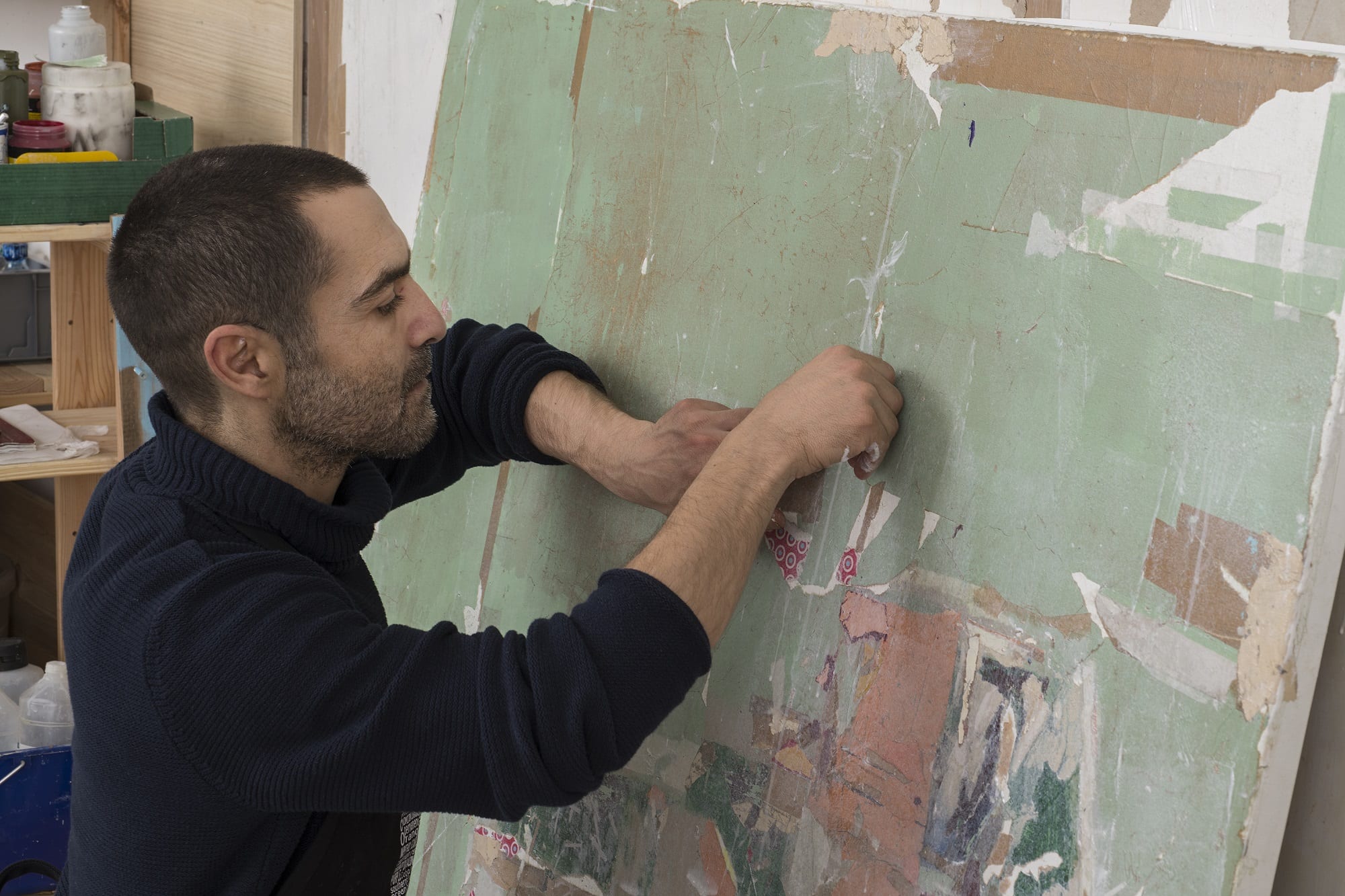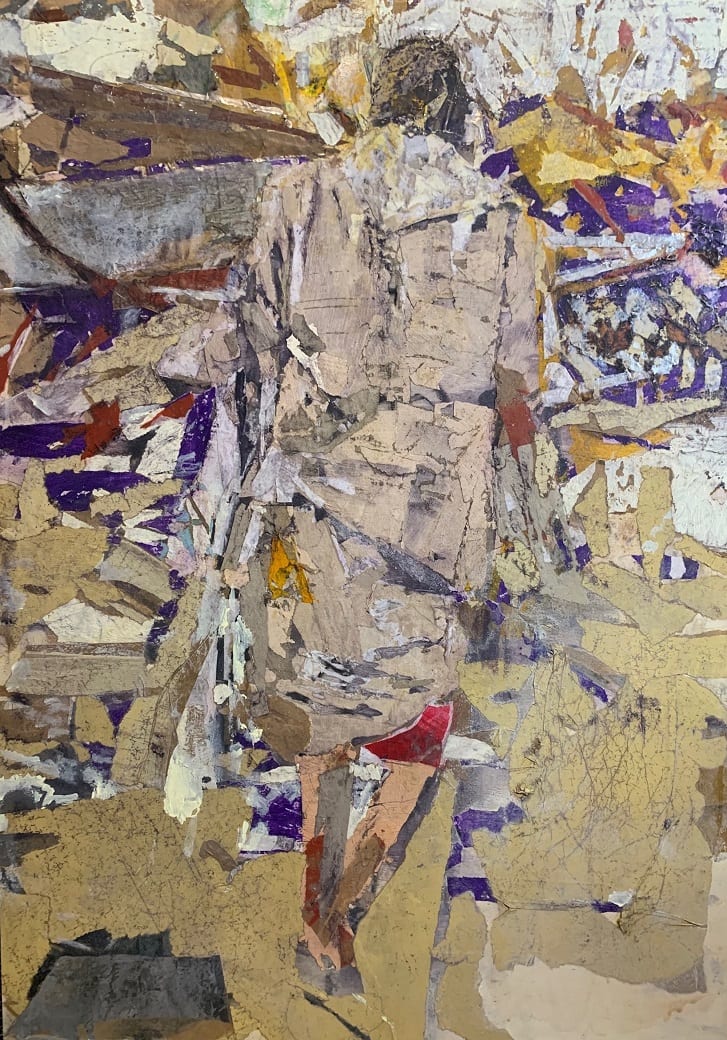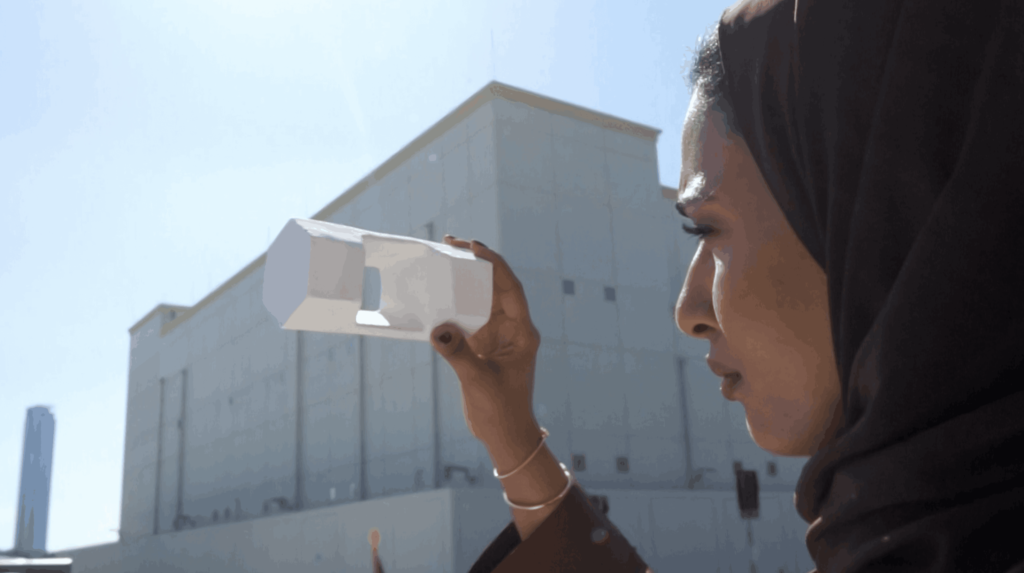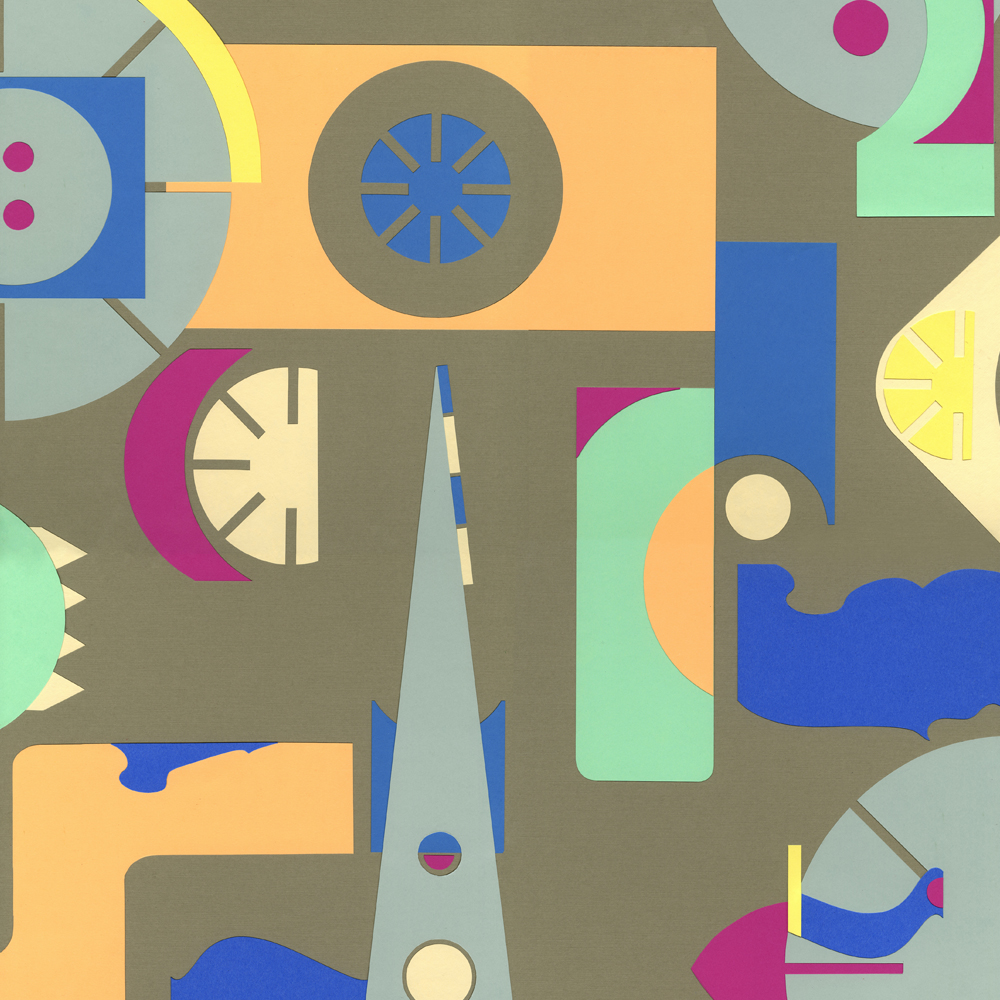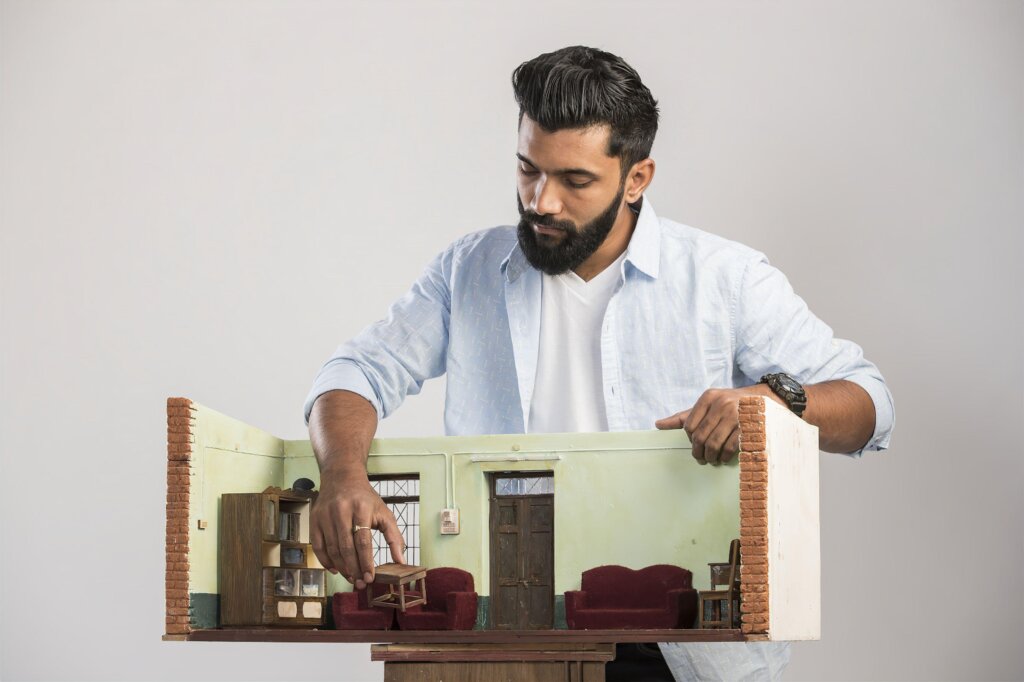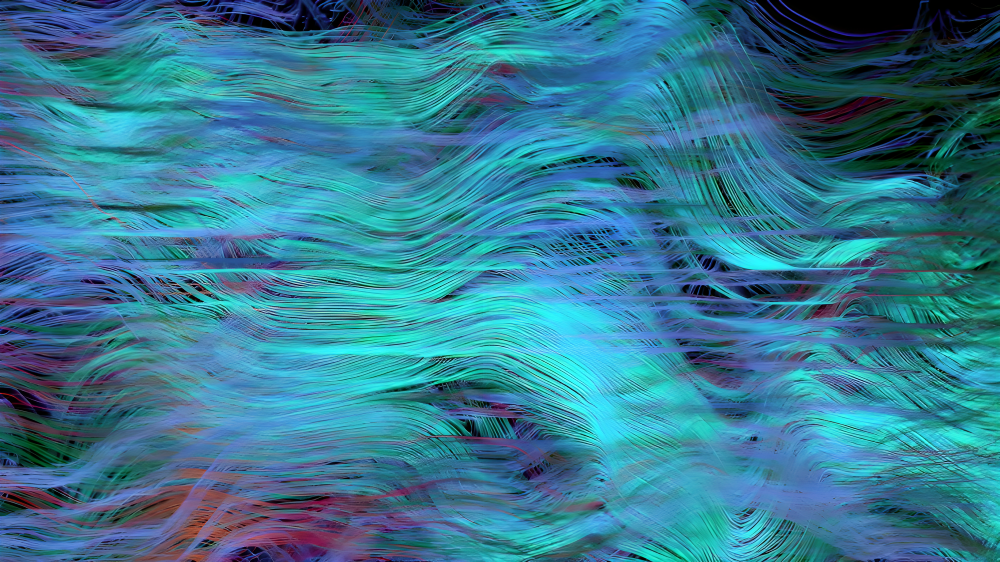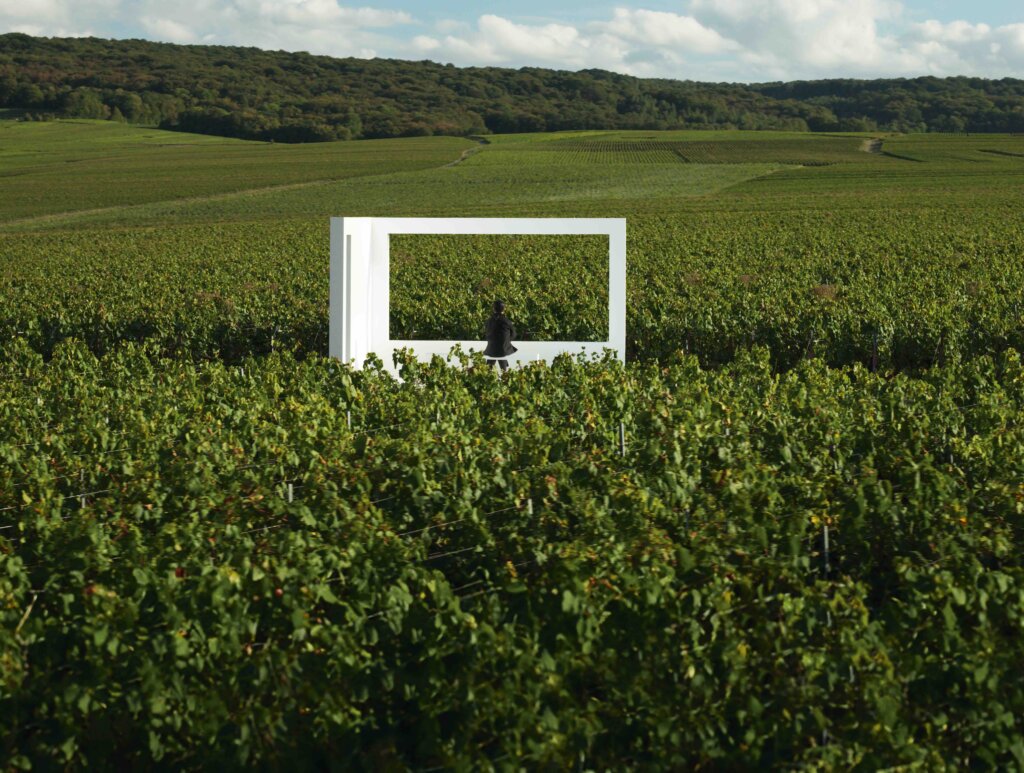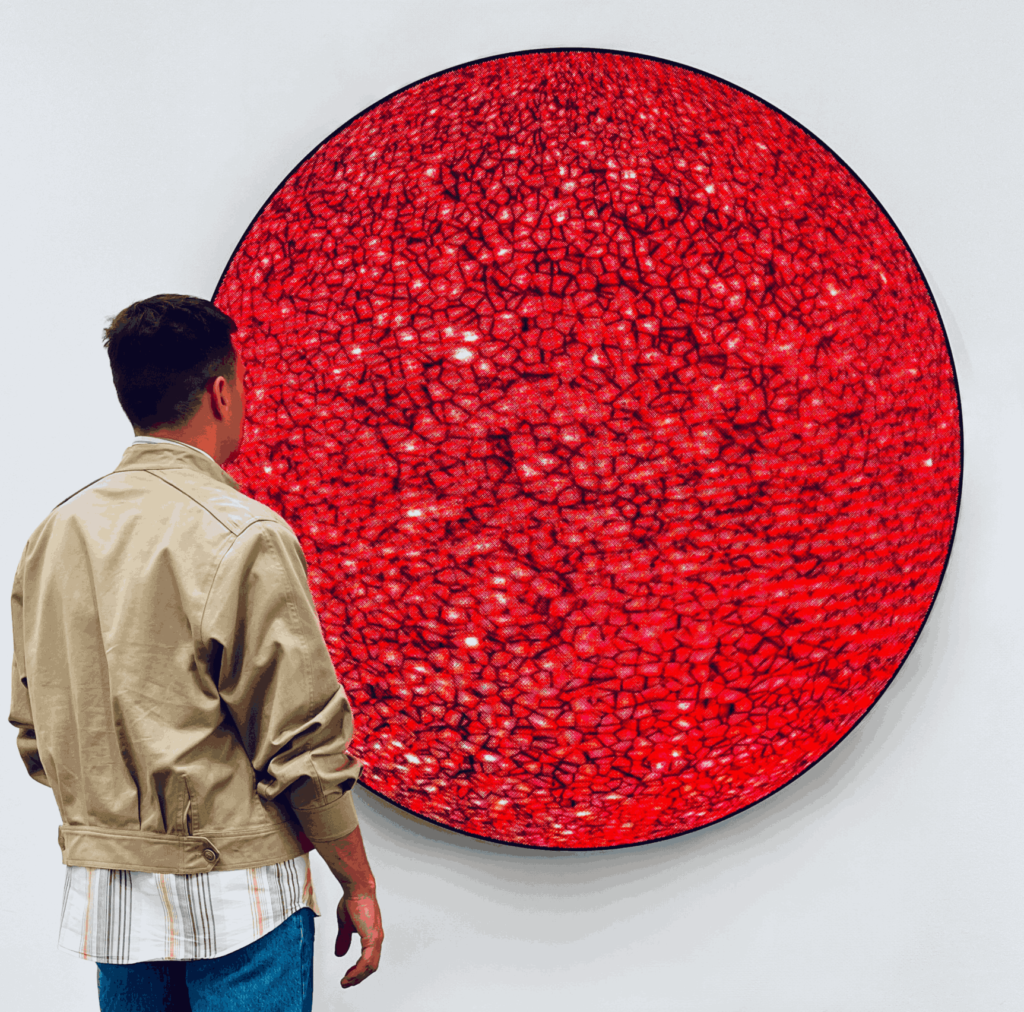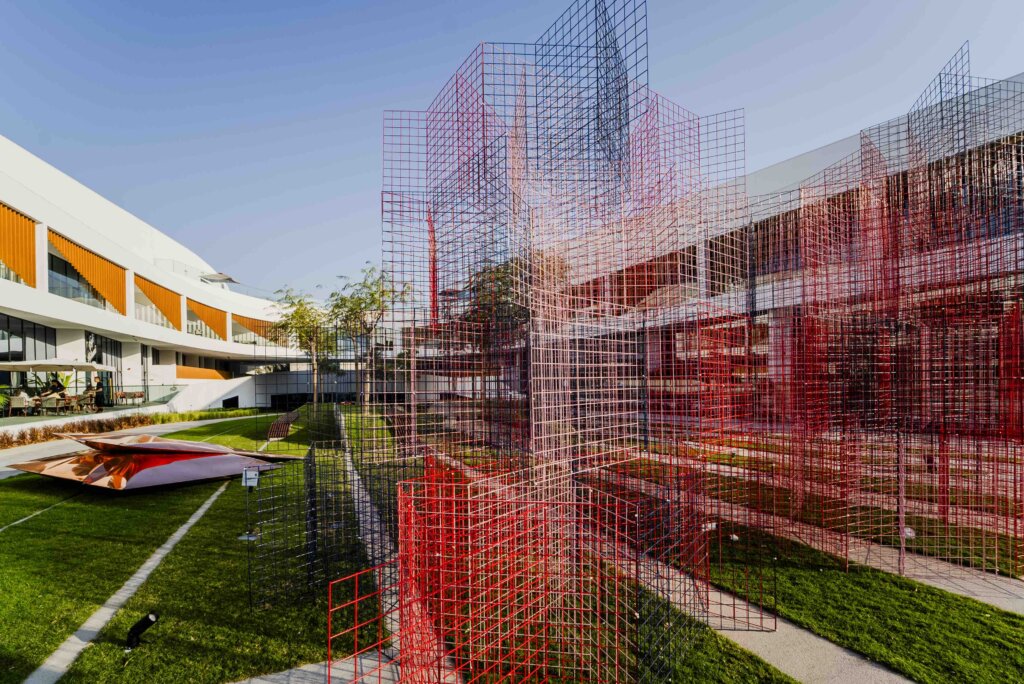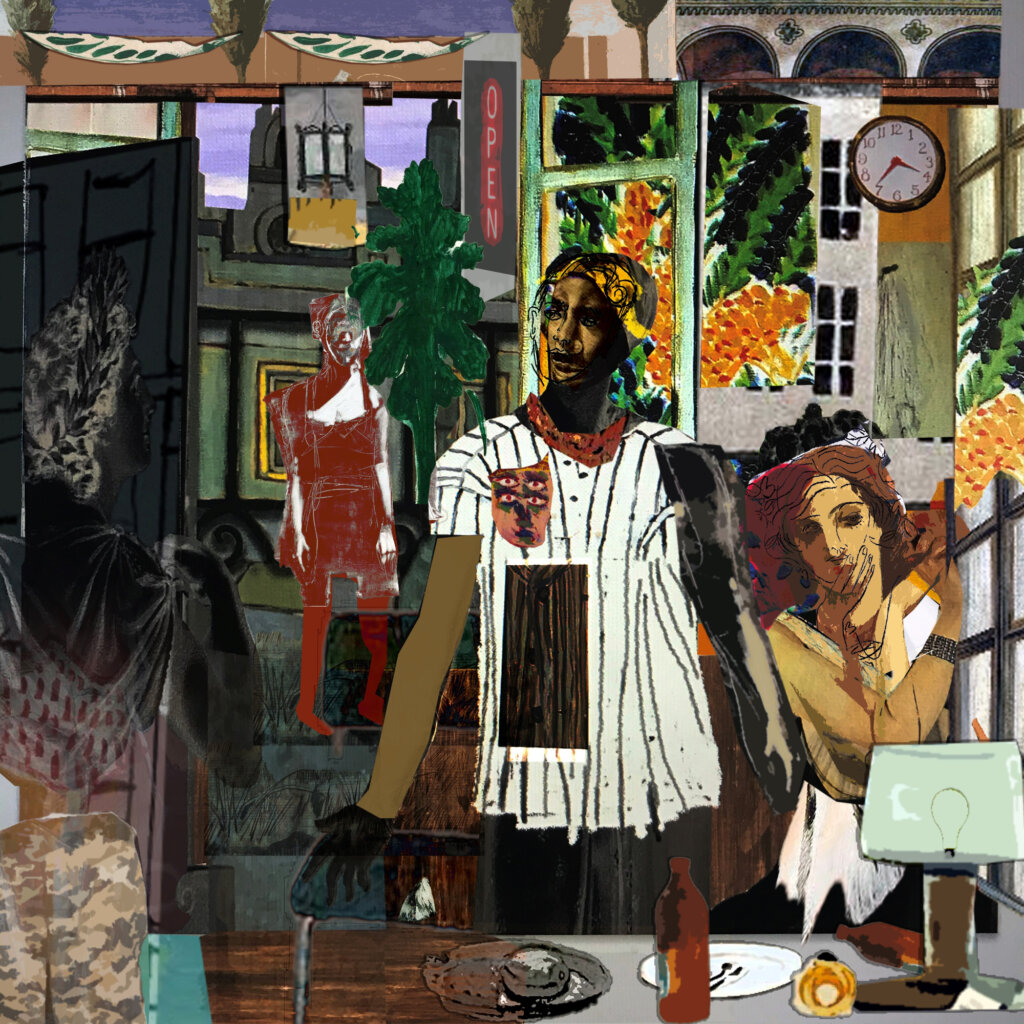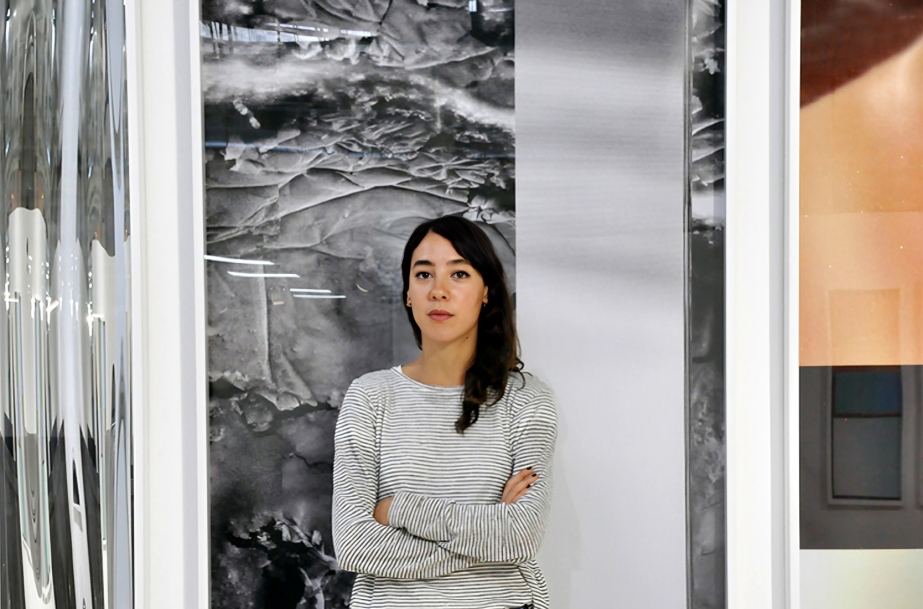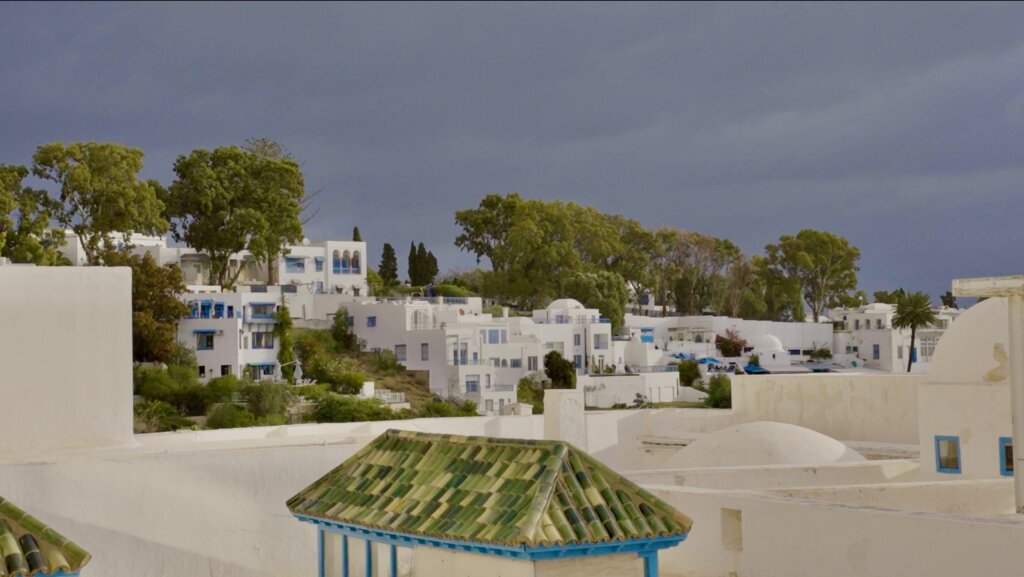Galerie Kornfeld focuses on two artists – Tammam Azzam and Farshad Farzankia – at the fair this year. Its founder Alfred Kornfeld explains how the two practices dialogue with each other and quizzes Tammam Azzam on his new artworks and how his move from the Middle East to Europe has impacted his artistic output.
At Art Dubai, you will be showing a group presentation of Tammam Azzam (b. 1980, Damascus) and Farshad Farzankia (b.1980, Tehran) – how do you expect the two to complement each other?
Alfred Kornfeld: Both artists are from a diaspora, they each experience a strong longing for their home country and, despite having left, they are still there at heart. Farshad migrated from Iran to Denmark in 1989 and Tammam from Syria to the UAE in 2011 and, in 2016 to Germany. Their pasts have encouraged both artists to engage in questions of migration and crossing borders.
For Farshad this is from a symbolic point of view as he considers markers of this journey, from dreams and memories from a distant childhood to considering his roots. Tammam, on the other hand, looks back to a much closer past. Though the time frame and relation to this memory is different for each, they similarly look to find a certain beauty and message in their work in an attempt to cope with destruction and loss.
Farshad Farzankia, Desire sparked a flame in the eyes, 2017, Represented by Galerie Kornfeld
Having had his work gone viral amid the Syrian conflict, Tammam Azzam is probably best known for his digital montages – is that a limiting lens through which to see his work?
AK: Looking to these works are limiting if they are considered outside of the context of his later works and also the situations which have led to his practice. When Tammam left Damascus, he lost his workshop and, for a long time, his computer replaced everything else as his tool for expression. When you look deeper into the investigation of destruction and construction, you can see that this was a step that led to the work he is now creating. Though, at the time, he did not have the materials for paper collage, he tackled the same aesthetic through photo collage, which led to a more figurative representation. His later abstractions keep the same figuration in mind. The images are still there, yet he now abstracts them beyond the possibilities he previously had.
Tammam Azzam Potrait, Courtesy of Galerie Kornfeld
Tammam, do these new works that you made in Berlin differ from the works made in Damascus and Dubai?
Tammam Azzam: There is no doubt that the artworks that I started to work on after I moved to Germany carry with them the impact of a new place. I experienced a similar change when I first left Damascus for Dubai in 2011. The influence of a new geography and immediate surroundings on my output are not instant; on the contrary, they usually occur at a later stage when some time to adapt to the changes have passed. Sometimes the evolving nature of the place is also found in passing moments, which also appear in my work.
Can you explain your technique?
TA: Around the time before I moved from Dubai to Berlin, my painterly work had already begun to evolve towards three-dimensional objects. In addition to acrylic paintings, the series “Iron Laundry”, for example, featured both pictorial and sculptural objects made of iron. From there I moved to a technique which embodied what I wanted to express here in Germany, which has now manifested as large-format paper collages.
Has your outlook towards conflict and chaos changed since you moved to Europe?
TA: I have tried in the past to engage myself with the concept of destruction, the destruction that we as human beings leave behind us everyday. No matter where or when, this ruin is not limited to a specific place, rather it takes place all over the world.
To me it seems that wherever we as people move to in order to find and create a new place to live we must also attempt to destroy it somehow. This idea of destruction visibly grows in the places that we choose to live in. I question what could possibly change the concept of destruction among us human beings?
Would you say the core interest of your practice is with built structures and urban life, or is it with the people who inhabit them?
TA: Overall the stories within my work are created through what I call ‘life details’. The details that people have tried very hard to build into their homelands – usually in the form of objects. People are busy trying build their memories through those objects and consider the things which may have been previously left behind or missed.
Tammam Azzam, Untitled, 2019, Represented by Galerie Kornfeld
What trajectory do you see your work taking in the future, do you intend to continue the dialogue about Syria and the conflict?
TA: The photos of devastation coming steadily out of Syria are present in my artworks as a symbol of both the human, place, ruin and the devastation. But again, I would like to say here that Syria as a place is a small sad part of the human sorrows happening all around the world. We witness time and again, despots trying to control and destroy oppressed peoples.
Today, I am considering the broader understanding of destruction. Though I capture chaos, I also aim to focus upon the constructive nature of the synthesis. Conflict is addressed yet there is also an attempt to mend it in a new reality. As the puzzled pieces of collage come together, the paper fragments act as shards of colour, building not only a new image but also a new reality out of a system of fractured pieces.




